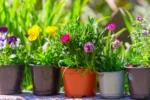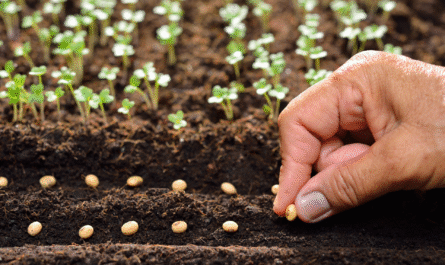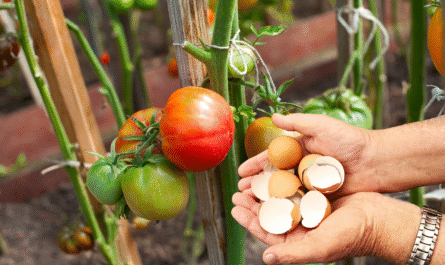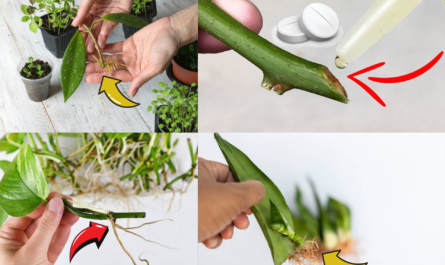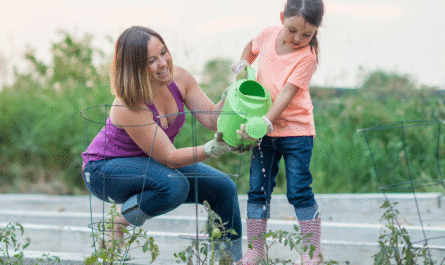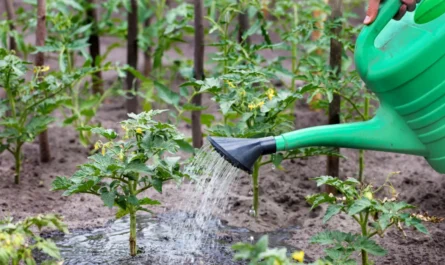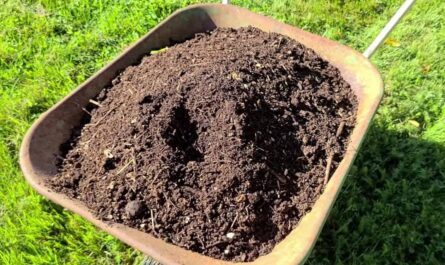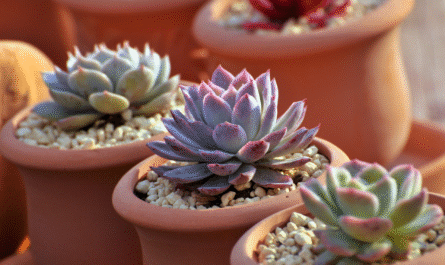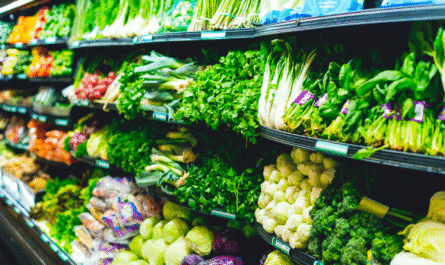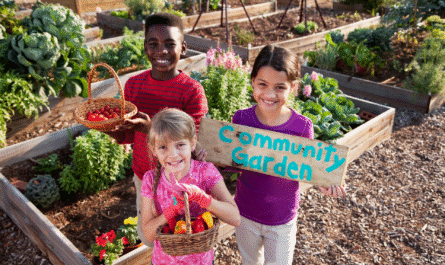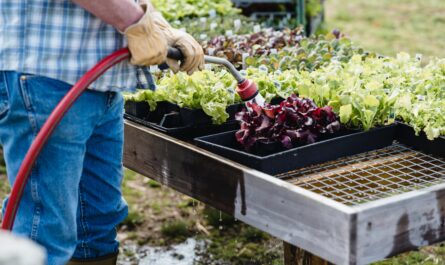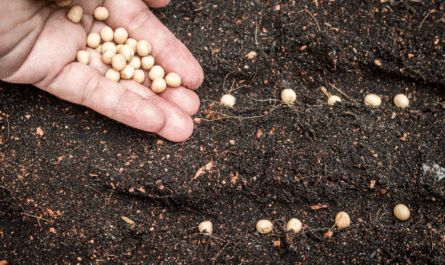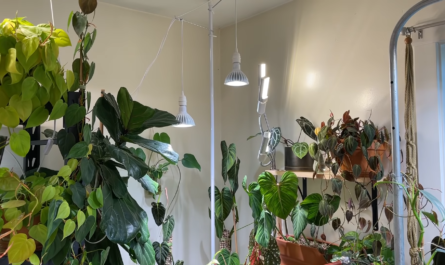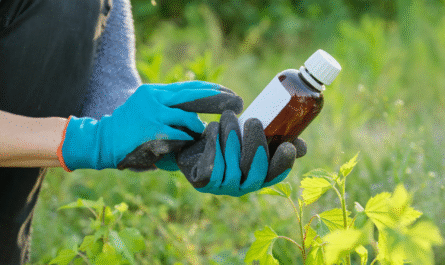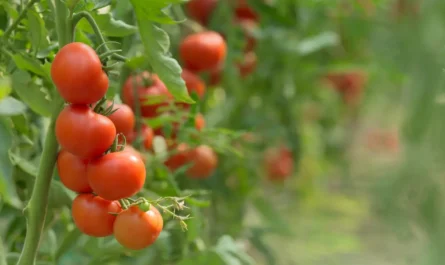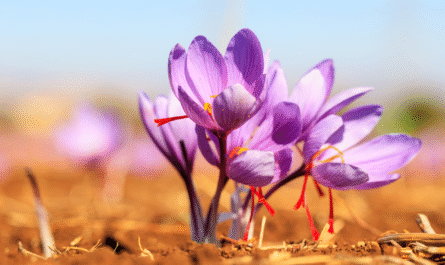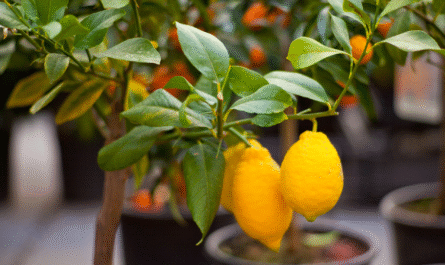Simple family gardening projects are a fantastic way to spend quality time with loved ones, explore creativity, and beautify your outdoor space.
Whether you’re a beginner or an experienced gardener, these 20 creative DIY garden projects for beginners will inspire you to transform your garden without breaking the bank.
From easy gardening projects for kids to creative DIY garden projects on a budget for beginners, there’s something here for everyone. Let’s dive into 20 fun and practical ideas you can tackle this weekend.
20 Simple Family Gardening Projects To Tackle This Weekend
1. Painted Stone Markers
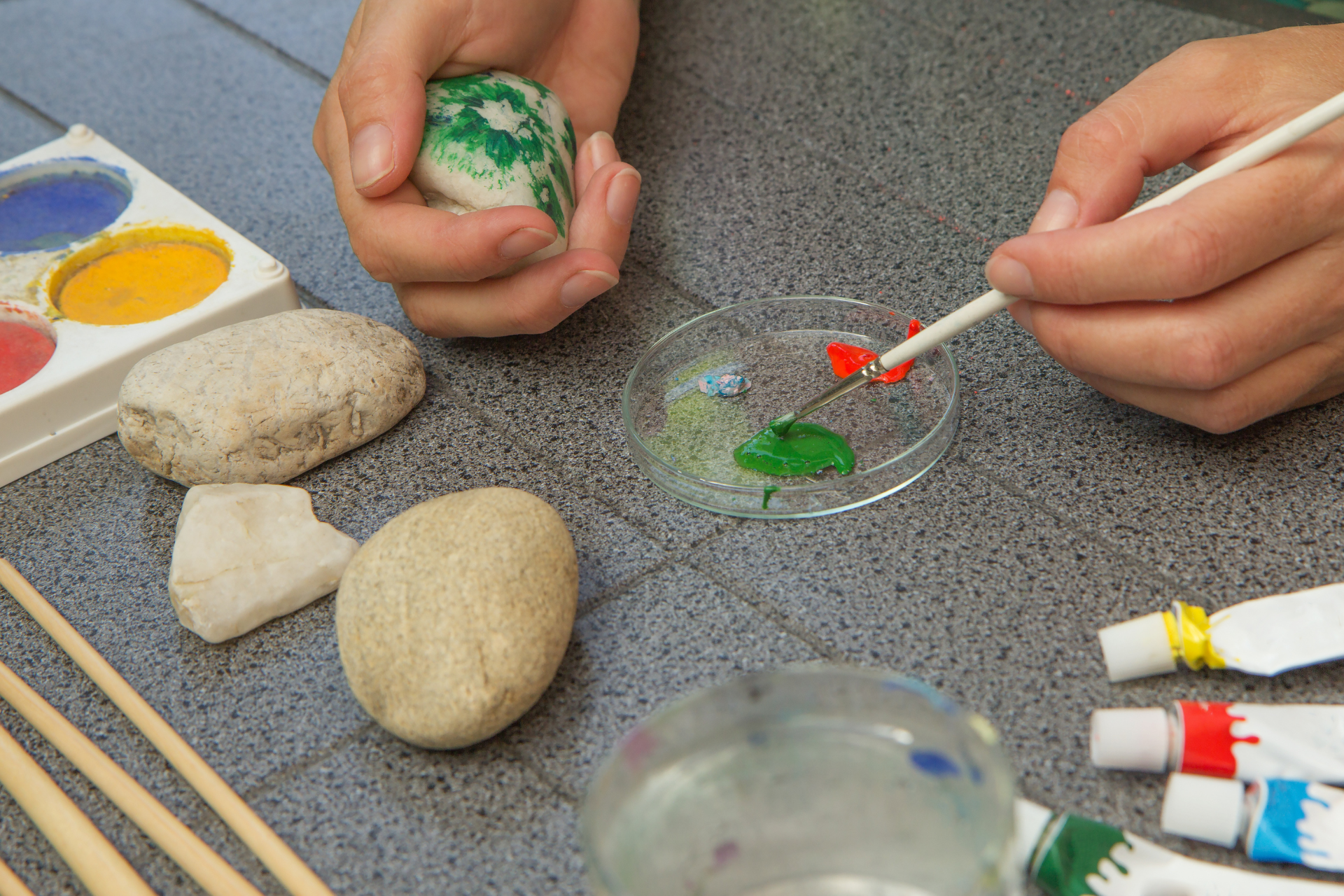
Painted stone markers are a creative and colorful way to label your garden plants. Start by collecting smooth stones from your yard or a local garden store. Make sure they are large enough to paint on clearly. Clean and dry the stones thoroughly before starting.
Next, gather acrylic paints, brushes, and a clear sealant. Use bright colors to paint the stones, creating fun designs and labeling each with the names of the plants they will mark. You can get the kids involved in a fun family activity.
After the paint has dried, apply a clear sealant to protect your designs from rain and sunlight. Place the finished markers in your garden, near the plants they identify.
This simple family gardening project adds a personal touch to your garden while also helping you remember what you’ve planted. It’s a perfect way to combine creativity and functionality.
2. Make a Succulent Bowl
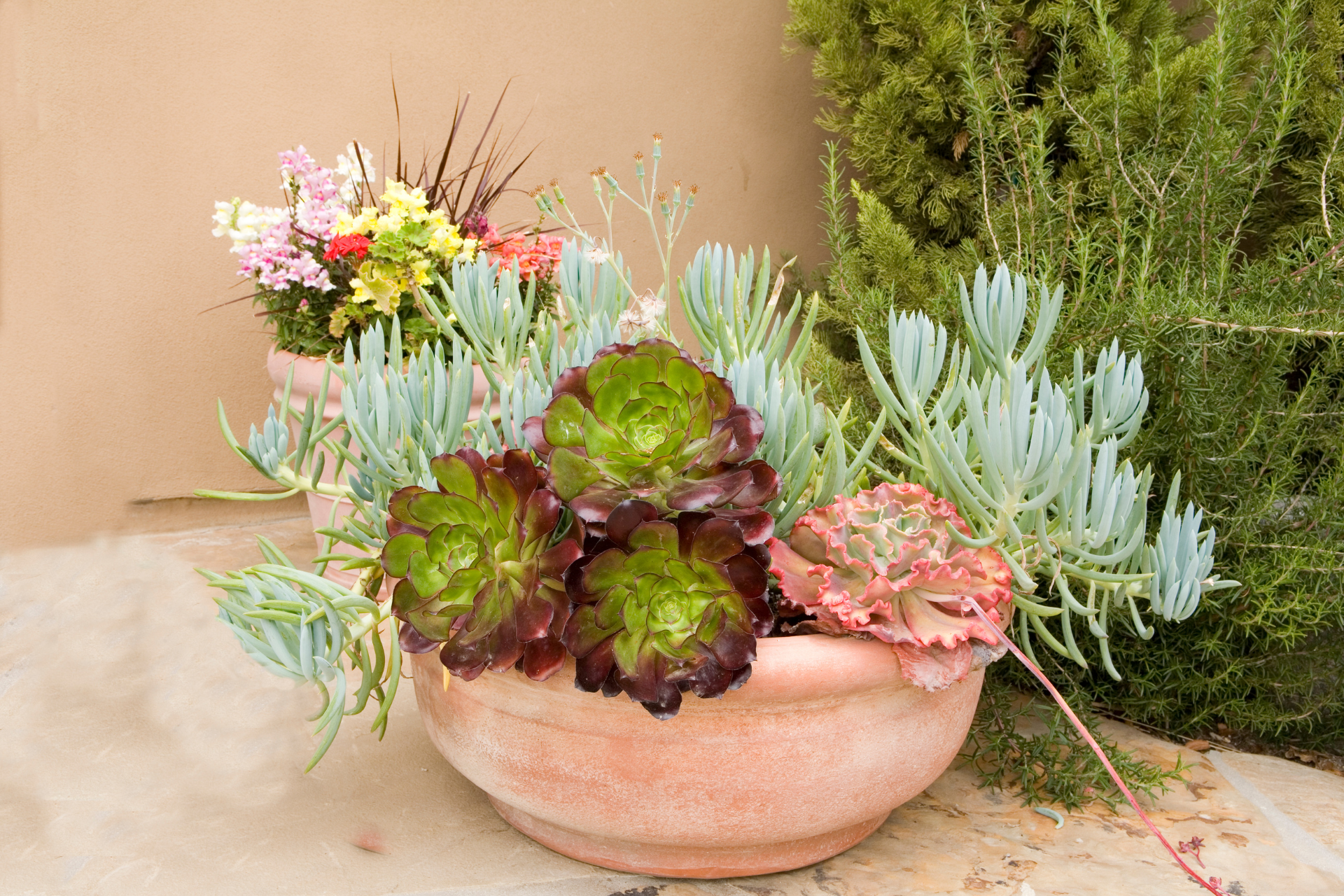
Succulent bowls are a low-maintenance, attractive addition to any garden. Begin by choosing a shallow bowl or planter with good drainage. Fill it with a cactus or succulent potting mix, which provides the right texture for these drought-tolerant plants.
Select a variety of succulents, mixing colors and shapes for visual interest. Arrange them in your bowl, leaving space between the plants for growth. Once arranged, gently press the soil around the base of each plant to secure it.
Water your succulent bowl lightly, allowing the soil to dry out completely between waterings. Succulents thrive in sunny spots, so place your bowl in a bright location, either outdoors or indoors.
This is one of the most creative DIY garden projects for beginners because it is so easy and satisfying. It also makes a great gift.
Finally, you can personalize your succulent bowl by adding decorative stones or miniature figurines for a whimsical touch.
3. Plant a Pollinator Garden
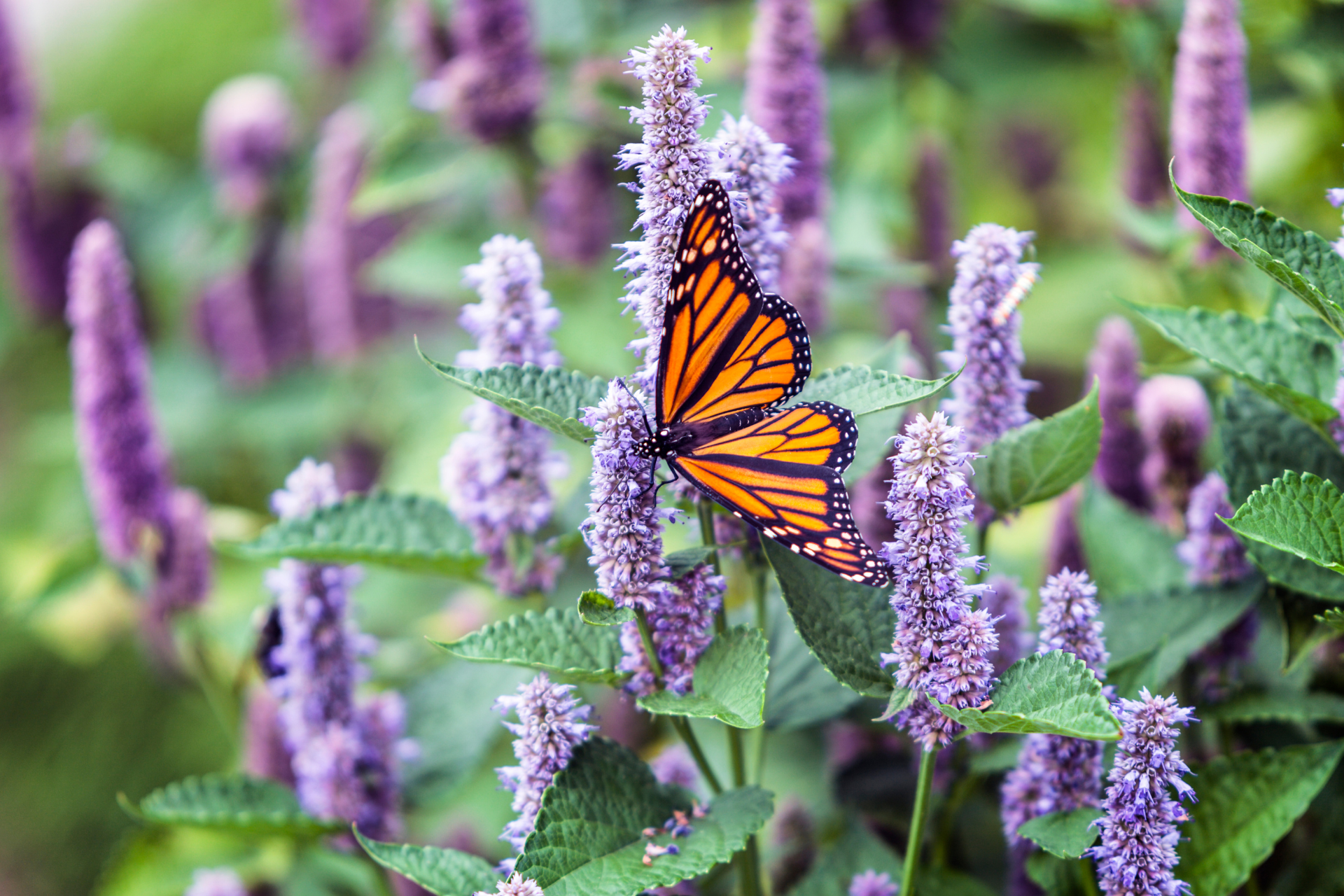
A pollinator garden is a fantastic way to support local wildlife while adding beauty to your outdoor space. Start by choosing a sunny spot in your garden, as most pollinator-friendly plants prefer full sun.
Select a mix of native flowering plants, which will attract a variety of pollinators like bees, butterflies, and hummingbirds. Popular choices include coneflowers, milkweed, lavender, and zinnias. Arrange them in groups, as clusters of the same plant attract more pollinators.
Prepare the soil by removing weeds and adding compost to enrich it. Plant your flowers according to their recommended spacing and water them well after planting.
Consider adding a shallow dish of water with stones for insects to rest on. This will help support pollinators during hot weather.
This simple family gardening project is educational and environmentally friendly. It’s a great way to teach kids about the importance of pollinators and biodiversity.
4. Try Companion Planting in a Small Raised Bed
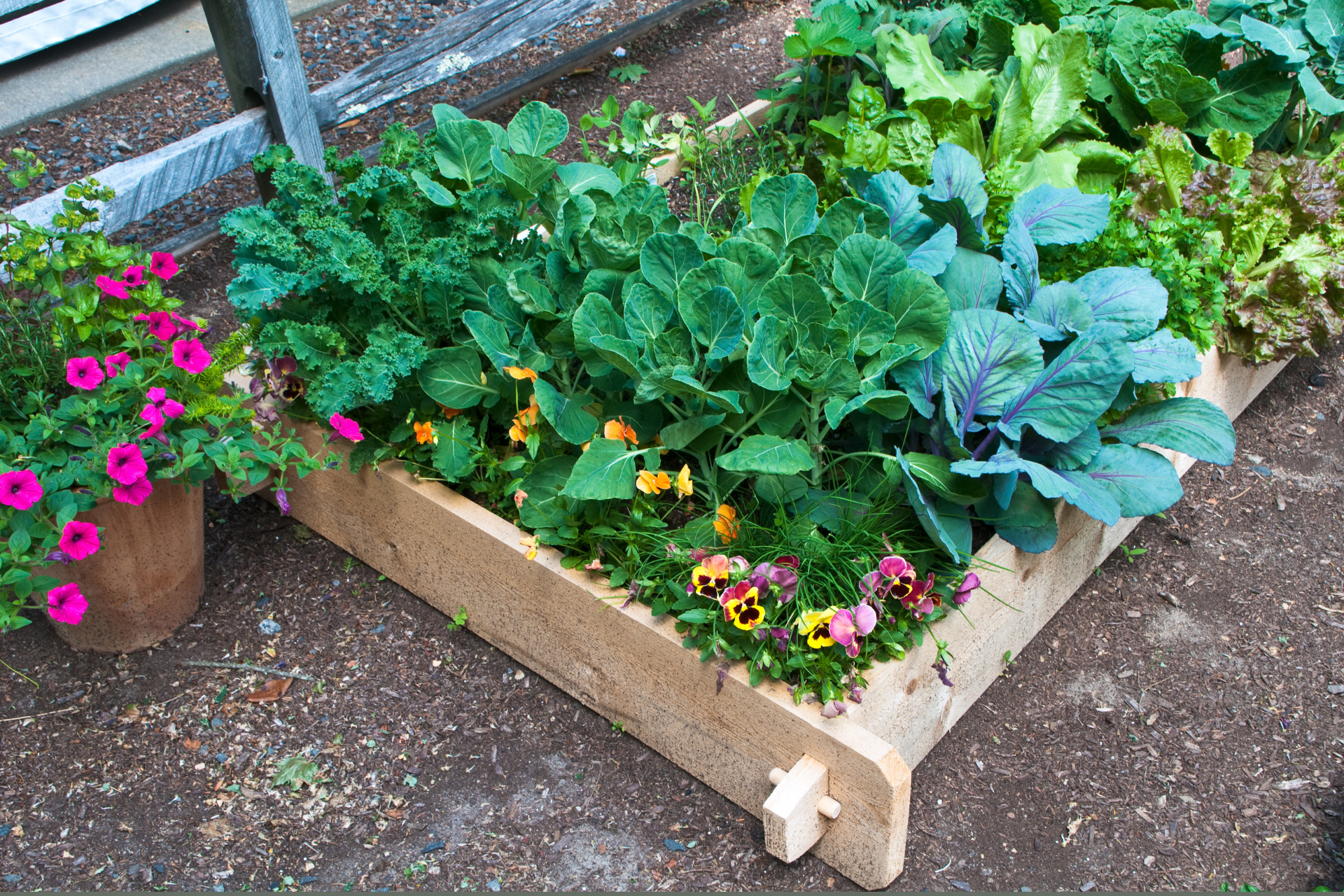
Companion planting is a strategic way to make the most of your garden space. In this simple family gardening project, you’ll grow plants that benefit each other side by side. Begin by selecting a small raised bed or a large container if you’re short on space.
Choose compatible plants, such as tomatoes and basil, which boost each other’s growth, or carrots and onions, which naturally repel pests. Avoid planting crops that negatively impact each other, like beans and onions.
Prepare the soil with compost and ensure proper drainage. Arrange your companion plants according to their spacing needs, keeping in mind their growth habits.
Water your garden regularly, and watch as your plants thrive. Companion planting can help prevent pests, improve soil health, and increase your harvest.
This project is both educational and practical, making it an excellent choice for families interested in learning more about plant interactions.
5. Plant Potatoes in a Grow Bag or Bucket
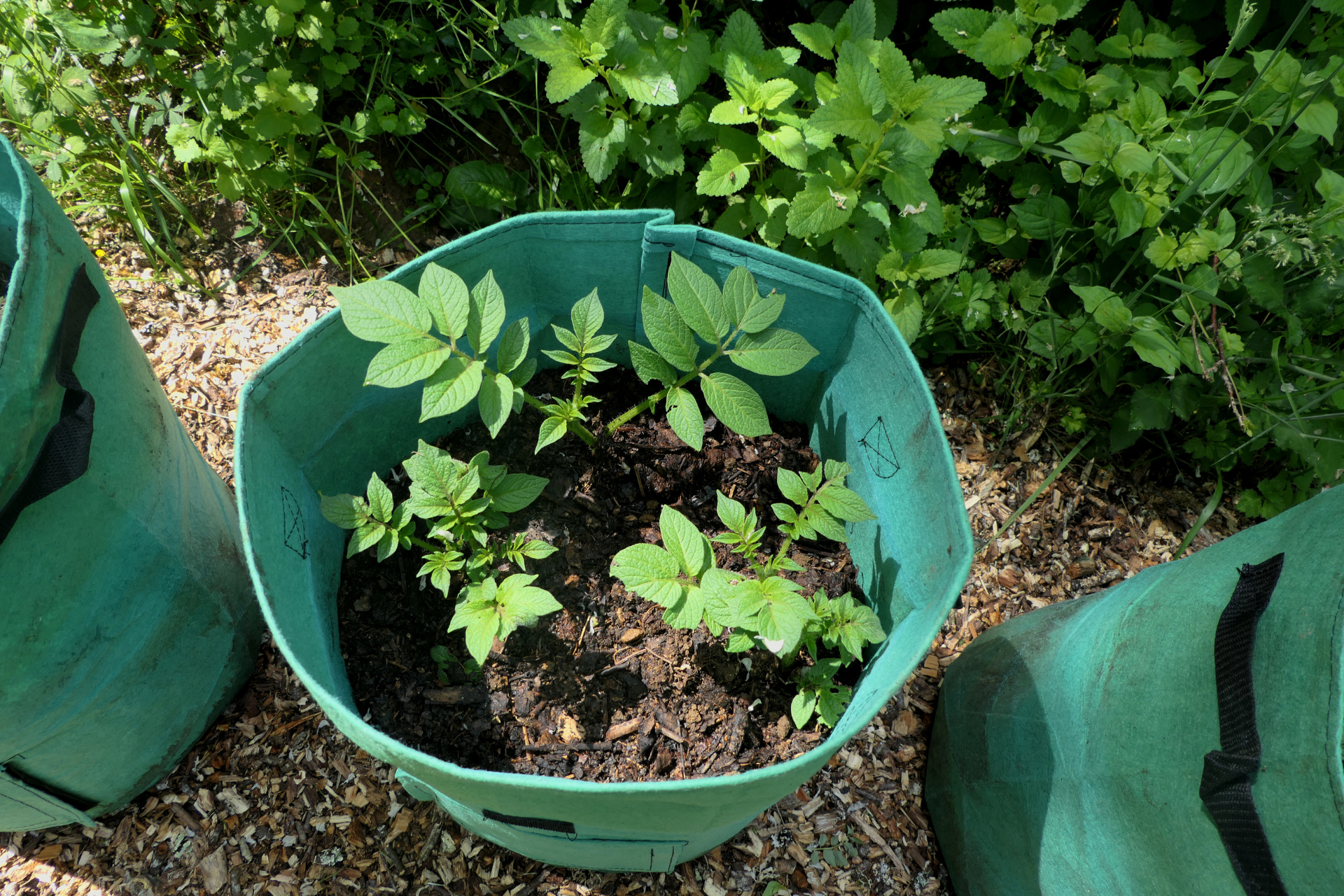
Growing potatoes is one of the easiest and most rewarding gardening projects for beginners. Start with a grow bag, large bucket, or any sturdy container with good drainage. Ensure it has enough depth to allow the potatoes to develop.
Fill the container with a few inches of nutrient-rich soil. Place seed potatoes on top, spacing them out, and cover them lightly with soil. As the plants grow, continue adding soil until the container is full.
Water your potatoes consistently, but avoid waterlogging the soil. Within a few weeks, you’ll see the green shoots appear. Keep the container in a sunny spot.
When the leaves turn yellow and begin to wither, your potatoes are ready for harvest. Simply tip over the container to reveal your homegrown treasure.
This simple family gardening project is a favorite for kids because it’s like a treasure hunt every time you harvest.
6. Stepping Stone Path
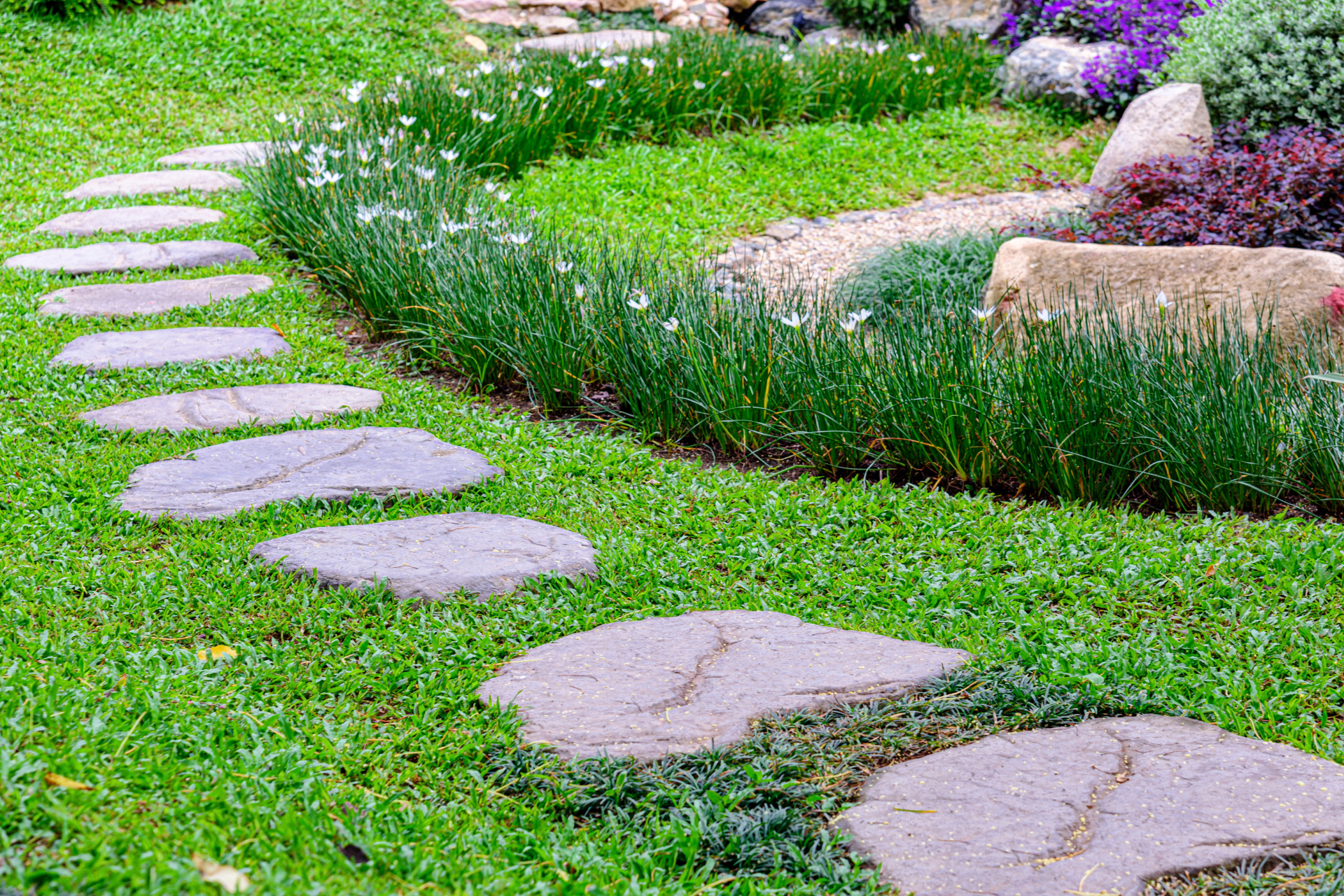
A stepping stone path adds beauty and functionality to your garden, creating a charming walkway that guides you through the greenery. Begin by selecting a clear path where you want your stepping stones to go. This can be a straight path, a winding trail, or even a playful pattern.
Gather materials like concrete mix, decorative pebbles, glass beads, or mosaic tiles. You can use store-bought molds or create your own using disposable trays. Mix the concrete according to the instructions and pour it into the molds.
Let your family get creative by pressing decorative elements into the wet cement. Kids can add handprints, draw designs, or write their names, making this a personalized family project.
Allow the stepping stones to dry for at least 24 hours. Once fully set, arrange them in your garden to form a beautiful path, spacing them evenly for comfortable walking.
This simple family gardening project combines creativity and functionality, making your garden more accessible while showcasing your family’s unique style.
7. Build a Strawberry Tower with PVC or Pots
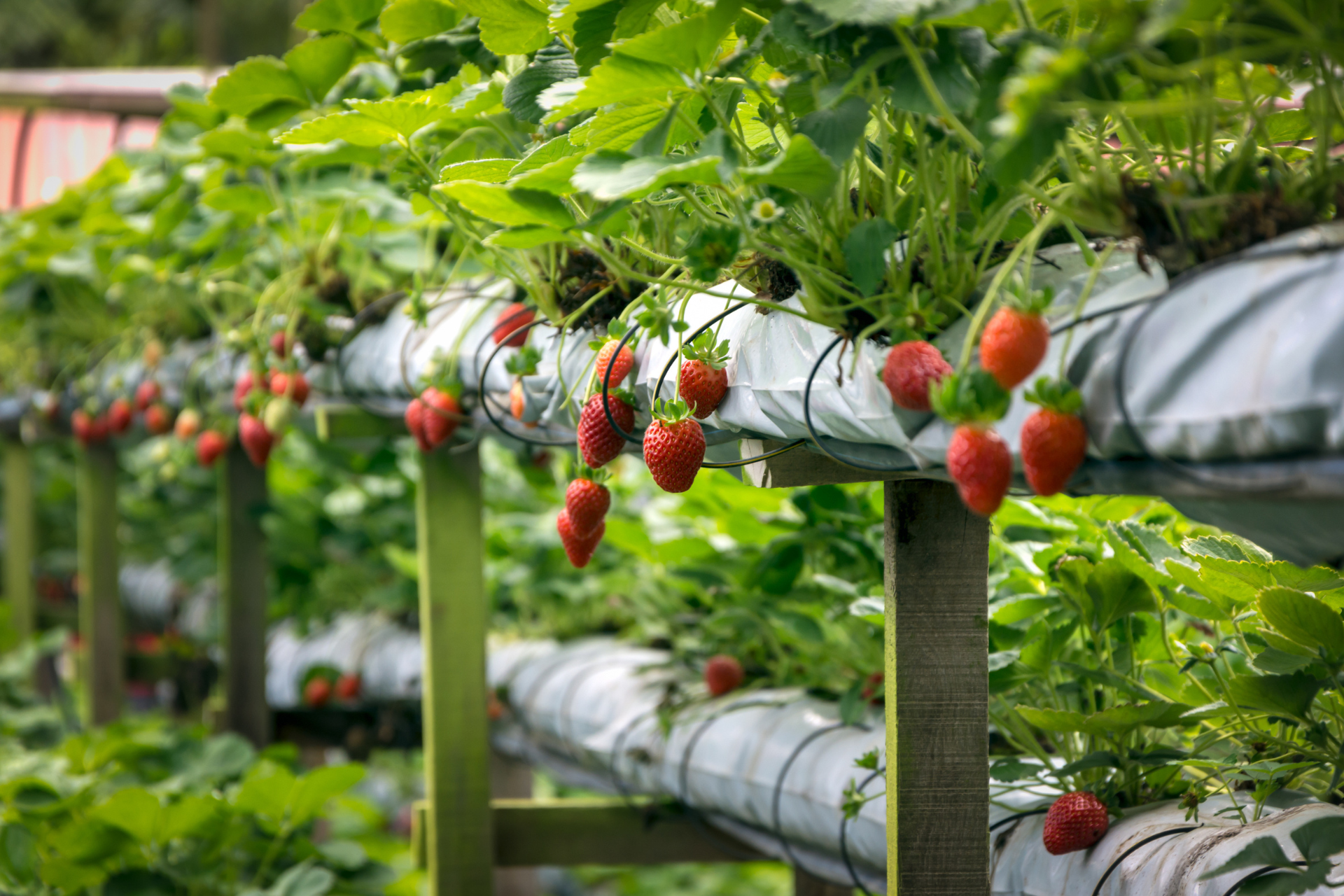
A strawberry tower is an excellent way to maximize space in your garden, perfect for families with limited room. Start by choosing a vertical structure like PVC pipes, large plastic bottles, or stackable pots. Drill small holes around the tower for planting.
Fill the tower with well-draining soil, enriched with compost for better growth. Plant strawberry seedlings in the holes, making sure they are evenly spaced. Water the tower regularly to keep the soil moist, but avoid overwatering.
Place your strawberry tower in a sunny location, as strawberries need plenty of sunlight to thrive. Over time, you will see the plants grow and produce sweet, delicious berries.
This simple family gardening project is great for teaching kids about vertical gardening, making it both educational and fun.
Harvesting is easy with this setup – simply pick the ripe strawberries directly from the tower, making it a clean and efficient gardening method.
8. Garden Trellis
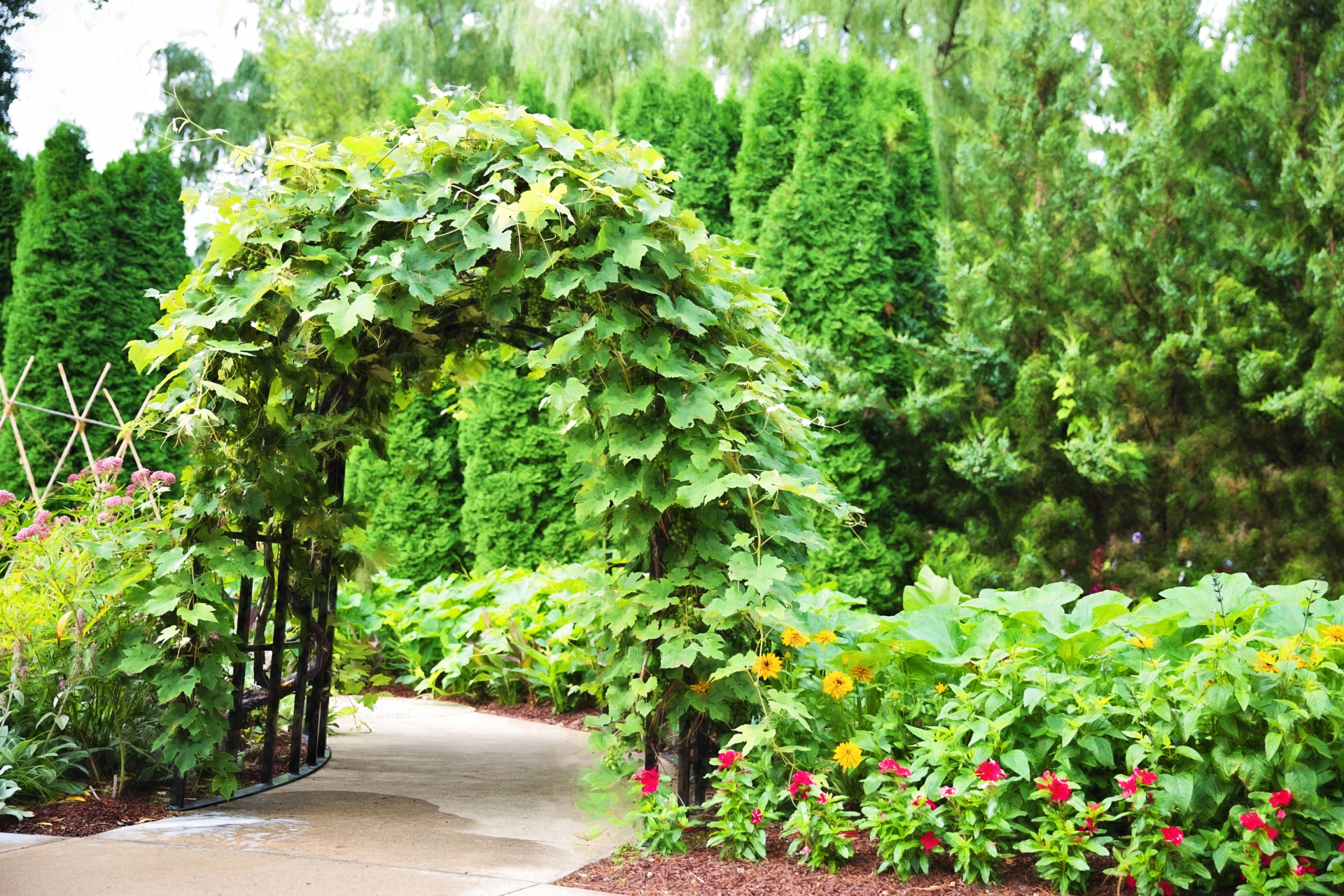
A garden trellis is a fantastic way to support climbing plants like beans, cucumbers, or sweet peas. Start by selecting a trellis type—bamboo poles, wooden frames, or even a recycled picture frame with netting work well.
Place the trellis in a sunny location, ensuring it is securely anchored in the ground. This will prevent it from tipping over as the plants grow.
Plant your chosen climbing plants at the base of the trellis, giving them enough room to spread. As they grow, gently guide the vines to wrap around the trellis.
Regularly water the plants, especially during dry periods. Fertilize them occasionally to encourage healthy growth.
This simple family gardening project is a great way to maximize space while creating a vertical green wall that adds beauty to your garden.
9. Build a Bee House
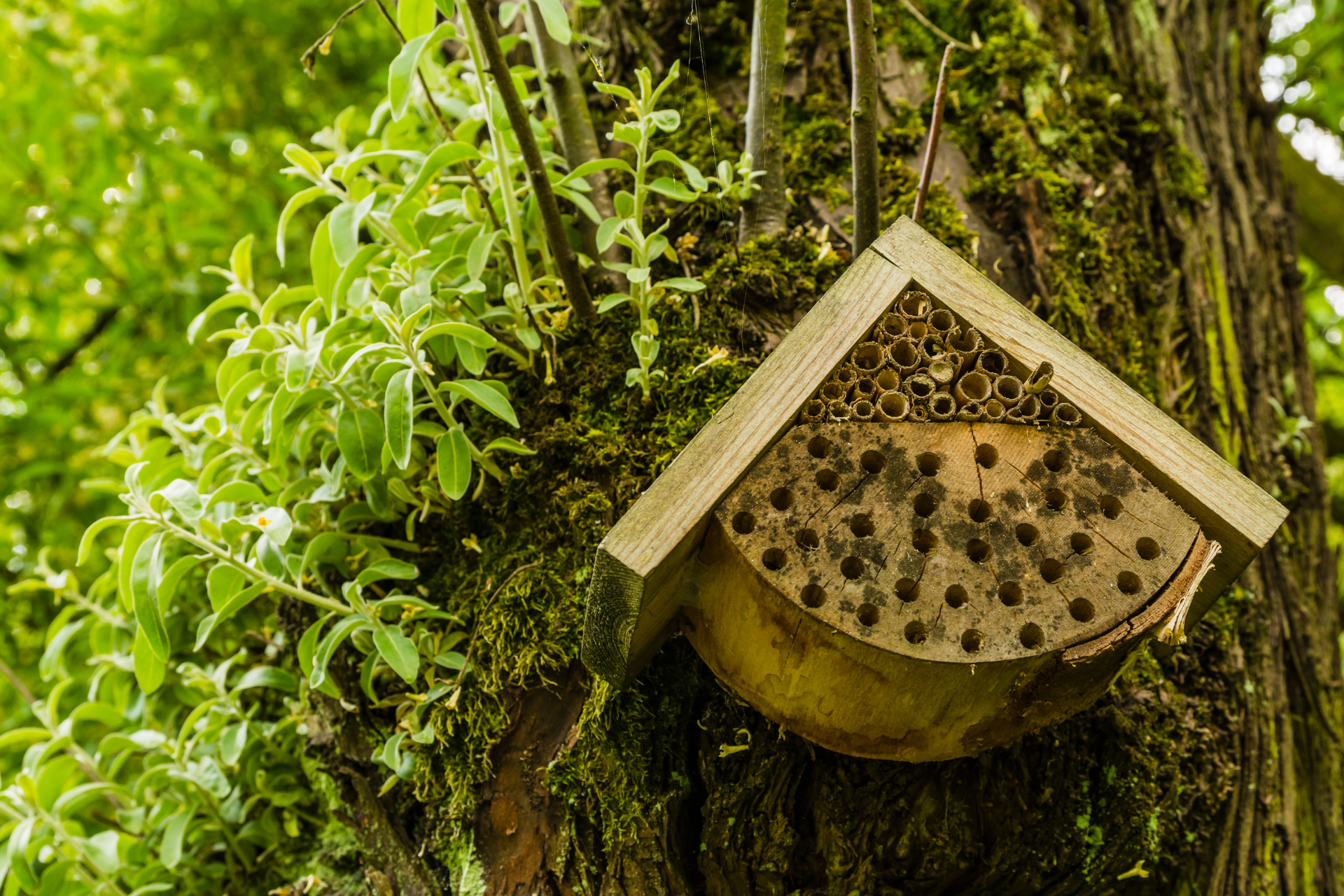
Building a bee house is an excellent way to support local pollinators. Start by using a wooden block, bamboo canes, or drilled wooden logs. The tubes should be about 4 to 10 inches deep and 1/8 inch in diameter, which is perfect for native solitary bees.
Secure the bee house in a sunny location, facing south or southeast, to keep it warm. Make sure it is sheltered from rain to protect the nesting bees.
Leave some bare soil nearby for the bees to collect mud, which they use to seal their nests. You can also plant pollinator-friendly flowers around the area to provide a natural food source.
Regularly clean the bee house each year by replacing the nesting tubes, which helps prevent the spread of parasites.
This simple family gardening project is educational and environmentally friendly, making it a perfect way to teach kids about the importance of bees in pollination.
10. Fairy Garden

A fairy garden is a magical miniature world filled with tiny plants, whimsical decorations, and fairy figurines. Start with a shallow container or a small section of your garden.
Choose miniature plants such as moss, tiny ferns, or small flowering plants. Arrange them to create a forest-like setting. Add a small house, a pebble pathway, and fairy figures to bring the garden to life.
You can also use small items like acorns, pinecones, and colorful stones to add natural details. Let your kids get creative by designing their own fairy world.
Place the fairy garden in a shaded spot where the plants can thrive. Lightly water the garden to keep the plants healthy.
This simple family gardening project is perfect for inspiring imagination and storytelling in children, making it a magical addition to your outdoor space.
11. Assemble a Hanging Basket
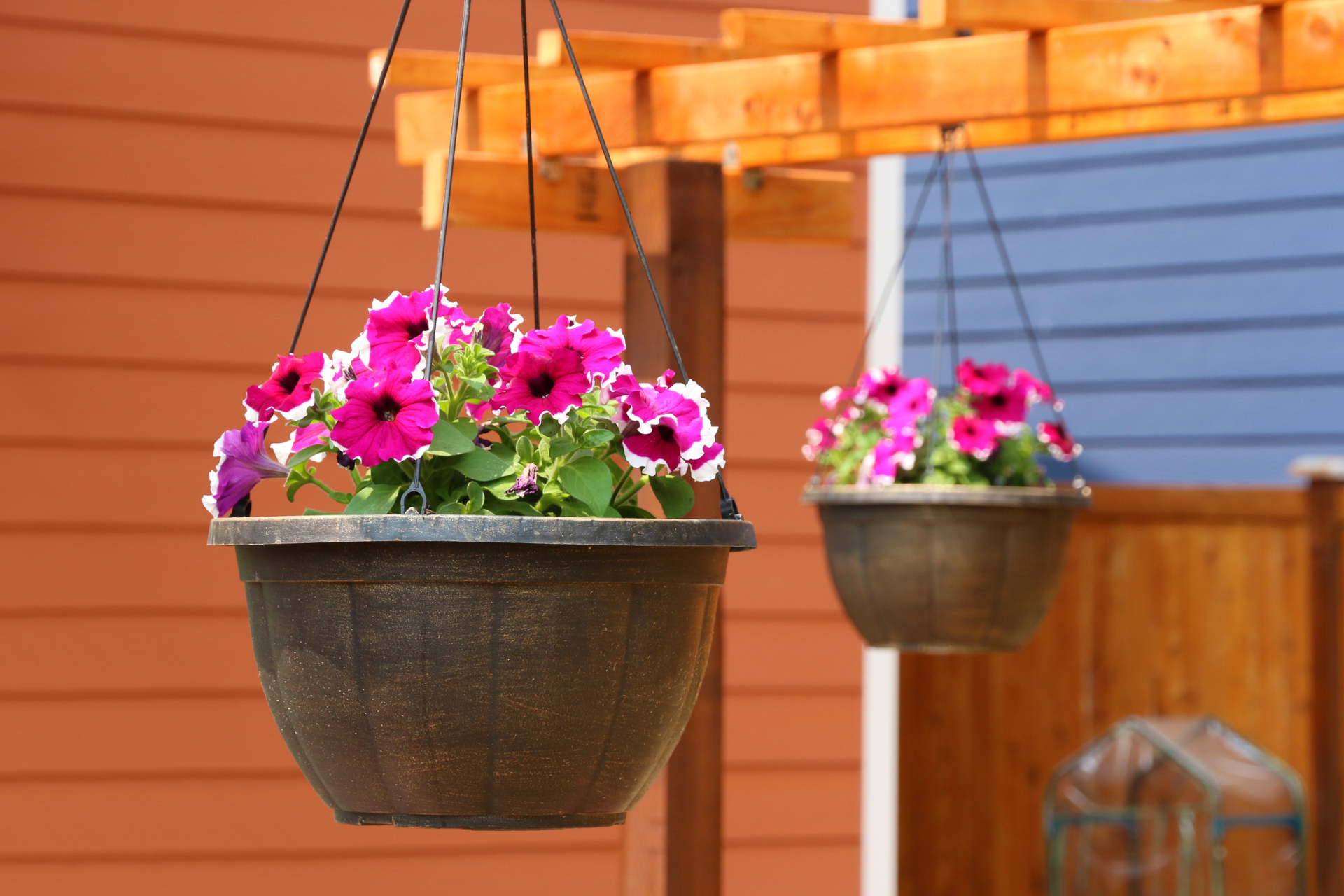
Hanging baskets are an excellent way to add vertical beauty to your garden, making the most of limited space. Start by choosing a sturdy hanging basket with good drainage holes at the bottom.
Fill the basket with a quality potting mix enriched with slow-release fertilizer. This ensures your plants receive consistent nutrients. Choose a mix of trailing and upright plants for a full, lush look. Popular choices include petunias, ivy, lobelia, and fuchsias.
When planting, place the trailing plants around the edges and the upright plants in the center. Water the basket thoroughly, ensuring the soil is evenly moist but not waterlogged.
Hang your basket in a sunny location or partial shade, depending on the plant’s needs. Regularly water and deadhead the flowers to encourage continuous blooming.
This simple family gardening project is perfect for adding color to patios, balconies, or even indoor spaces, bringing greenery to areas where ground space is limited.
12. Vertical Herb Garden

A vertical herb garden is a space-saving solution for growing fresh herbs even in small areas. Start with a wooden pallet, hanging pockets, or a tiered planter.
Choose popular herbs such as basil, mint, parsley, thyme, and rosemary. Make sure your vertical structure has good drainage to prevent waterlogging.
Fill each pocket or tier with nutrient-rich soil and plant the herbs, spacing them appropriately. Place your vertical garden in a sunny spot since most herbs thrive with plenty of sunlight.
Water your herbs regularly, but avoid overwatering. Harvest them as needed for cooking, which will also encourage fresh growth.
This creative DIY garden project for beginners is perfect for families who love cooking, allowing you to have fresh herbs at your fingertips.
13. DIY Garden Lanterns
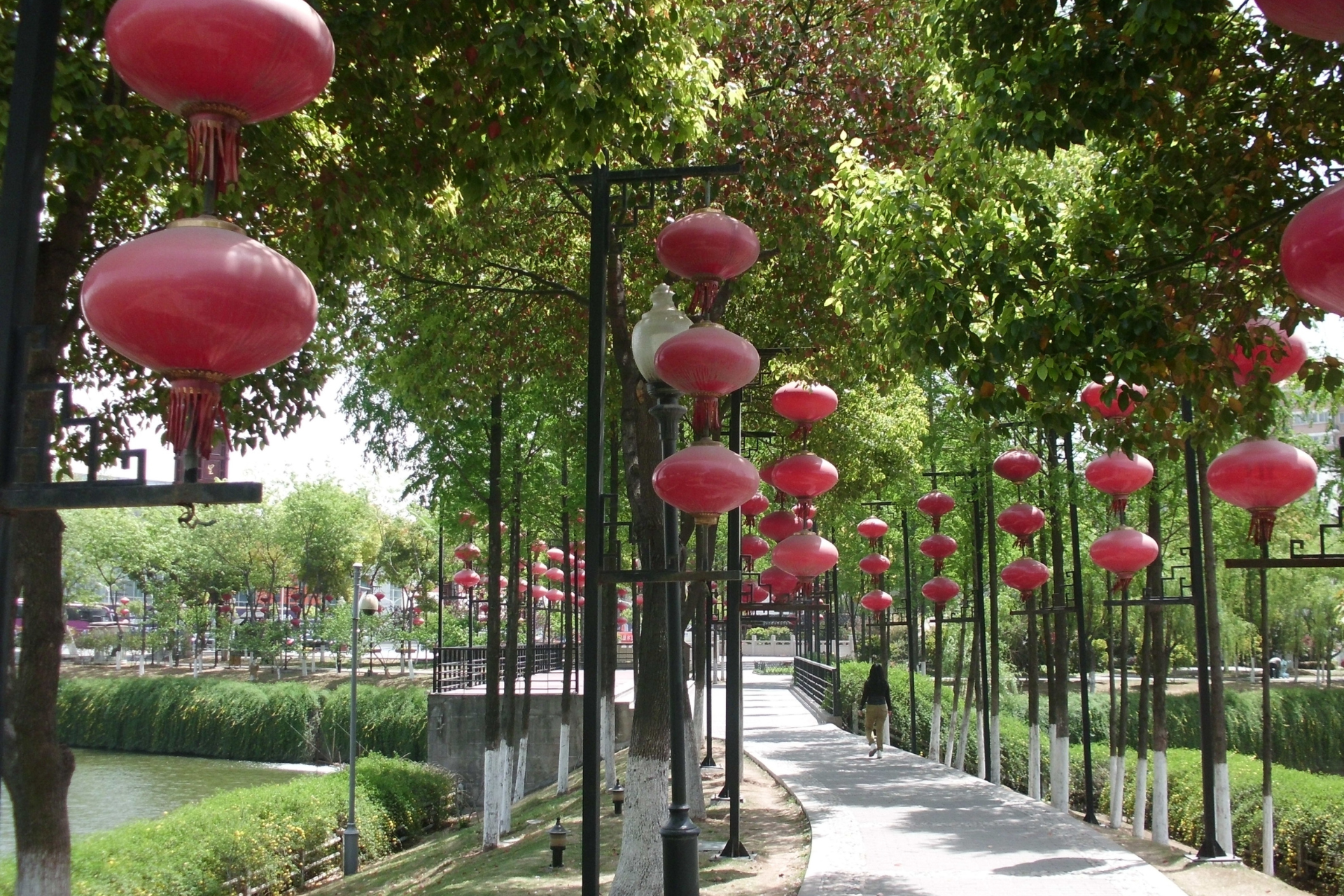
Garden lanterns add a magical ambiance to your outdoor space, perfect for evening relaxation or family gatherings. Start by gathering mason jars, solar lights, or candles.
Decorate the jars using glass paint, lace, or decorative stones for a personalized touch. If using solar lights, remove the top solar panel from a garden light and attach it to the jar’s lid.
Place the lanterns along garden paths, hang them from tree branches, or arrange them on your patio. They will create a warm, inviting glow at night.
To ensure safety, use battery-powered candles instead of real flames if placing them in areas accessible to children.
This simple family gardening project is perfect for adding charm to your garden while also being a fun, creative activity for all ages.
14. Wooden Plant Stand
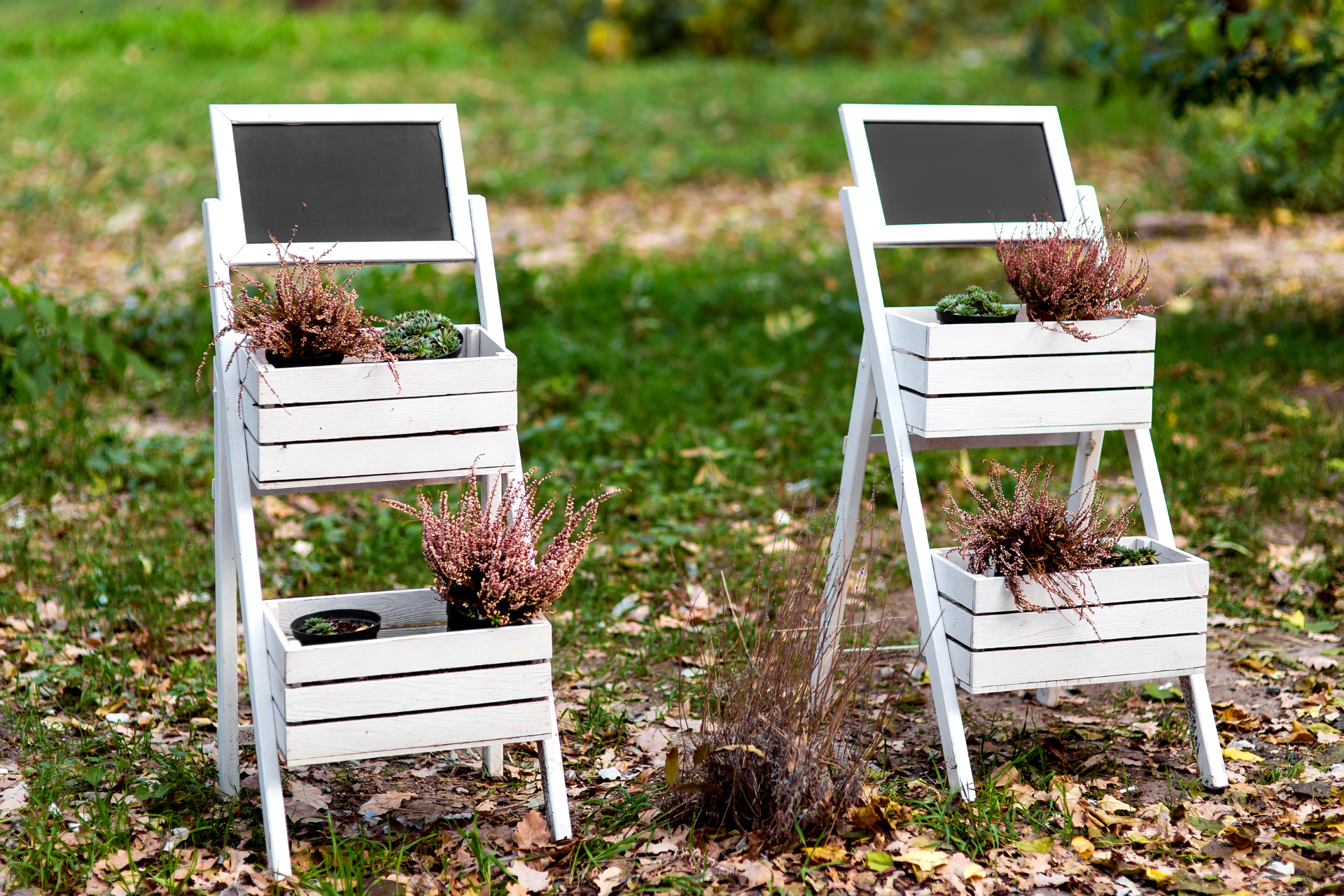
A wooden plant stand is a practical way to display your favorite plants while saving space. Start by selecting a simple design—this could be a multi-tiered stand, a ladder-style rack, or a basic tabletop stand.
If you have scrap wood, you can upcycle it to build the stand. Cut the wood to your desired size, sand the edges to avoid splinters, and assemble it using wood screws or nails.
To make it weather-resistant, apply a coat of outdoor wood stain or paint. This not only protects the wood but also lets you match the stand to your garden’s theme.
Arrange your potted plants on the stand, placing taller plants on the bottom and smaller ones on top for a balanced look. This allows each plant to get enough sunlight.
This simple family gardening project is great for showcasing a variety of plants without taking up much ground space, making it perfect for patios, balconies, or even indoor use.
15. Bird Feeder Station

A bird feeder station is a fantastic way to invite colorful birds into your garden, providing food and a safe space for them to visit. Start by choosing a sturdy pole or stand that can support multiple feeders.
You can hang different types of feeders, such as seed feeders, suet cages, and nectar feeders, to attract a variety of bird species. Make sure to use fresh birdseed and clean the feeders regularly to keep the birds healthy.
Position the feeder station in a quiet area of your garden, away from potential predators like cats. This will give birds a sense of safety while they feed.
Consider adding a shallow birdbath nearby, giving them a place to drink and bathe. Regularly clean and refill it with fresh water.
This simple family gardening project is perfect for teaching kids about local wildlife and the importance of caring for animals.
16. Upcycled Planters
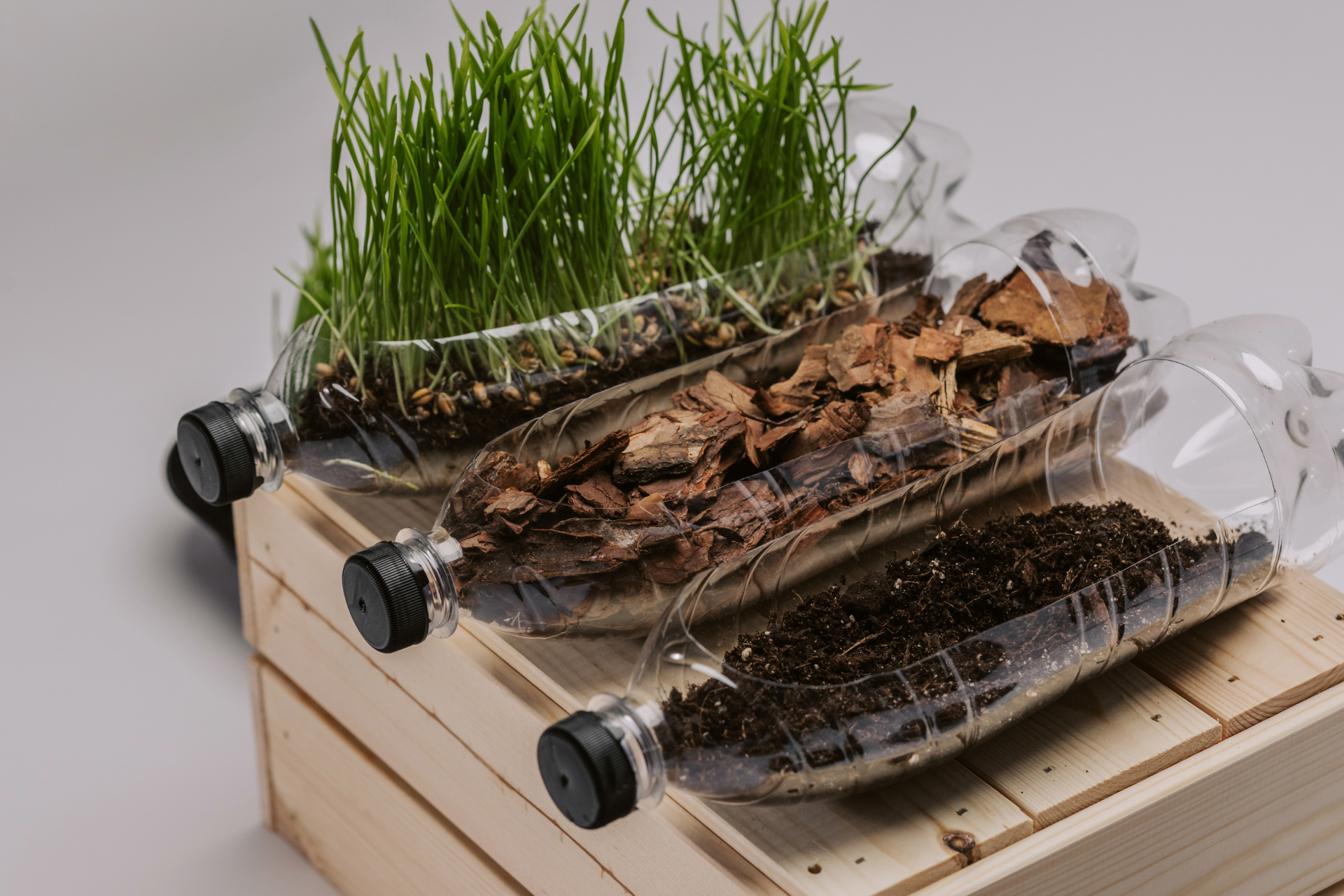
Upcycled planters are an eco-friendly way to add personality to your garden. You can use old boots, teapots, tin cans, or even broken toys as unique planters. Clean your chosen items thoroughly before use.
Drill drainage holes at the bottom to ensure proper water flow. Fill the planters with nutrient-rich soil, then choose plants that suit the container’s size—small flowers, herbs, or succulents work well.
Arrange the upcycled planters around your garden, hang them from tree branches, or place them on shelves for a creative display.
This creative DIY garden project for beginners is perfect for families who want to reduce waste and get creative with gardening.
Finally, get the kids involved by letting them paint or decorate the planters, adding a personal touch to your garden.
17. Make a Compost Bin
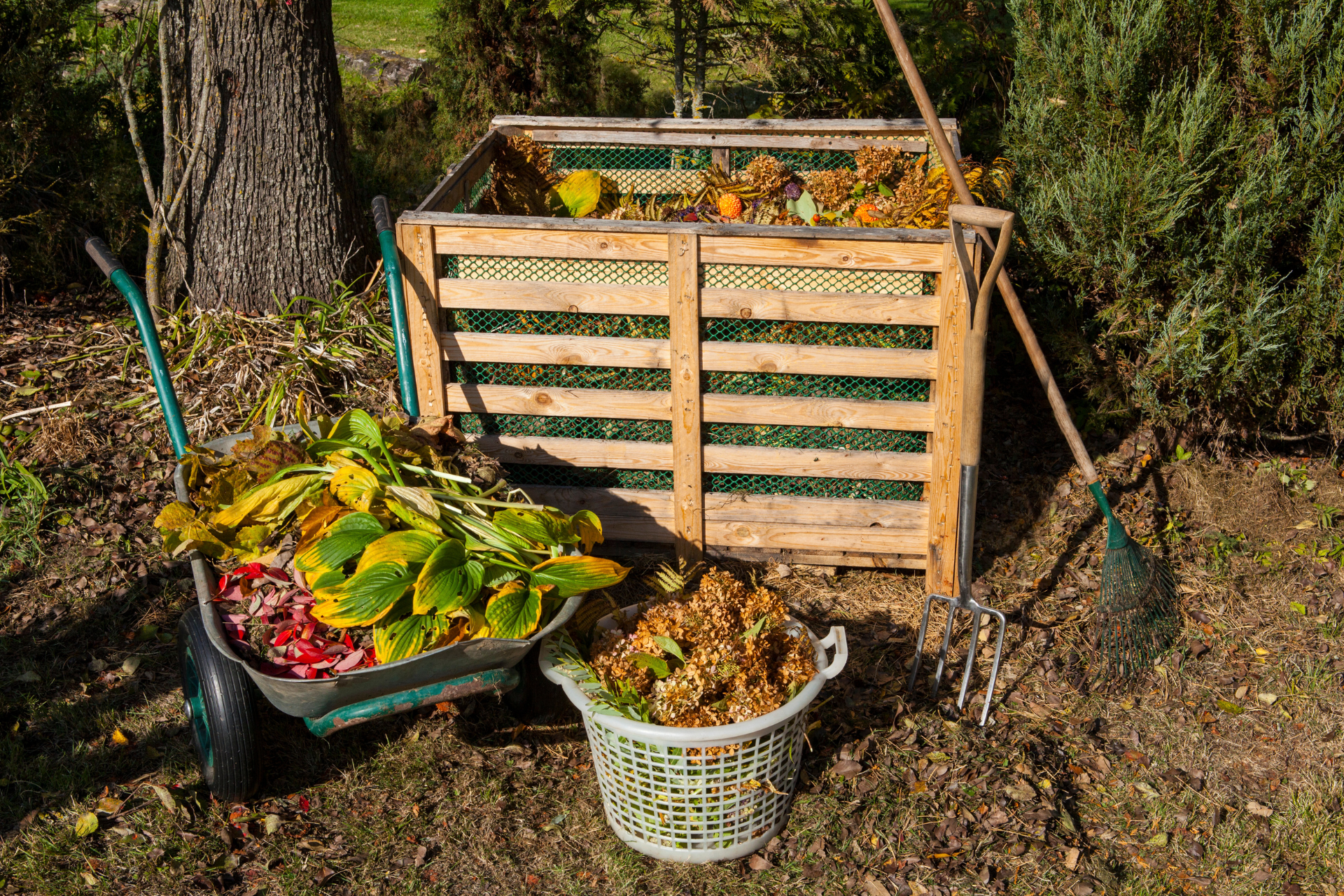
Composting is one of the most environmentally friendly, simple family gardening projects you can start. Begin by choosing a compost bin type—this can be a store-bought compost tumbler, a homemade wooden bin, or even a simple wire mesh enclosure.
Select a shady spot in your garden for the compost bin. Add a mix of green materials (like fruit scraps, vegetable peels, and grass clippings) and brown materials (like dried leaves, cardboard, and straw). Avoid adding meat, dairy, or oily foods, which can attract pests.
Turn the compost pile regularly to allow for proper aeration, which speeds up the decomposition process. Keep it moist but not soggy—like a damp sponge.
Over a few weeks or months, depending on conditions, your compost will break down into dark, nutrient-rich soil. This can be used to enrich your garden beds, making your plants healthier.
This simple family gardening project is not only educational for kids but also a great way to reduce kitchen waste while improving your garden soil.
18. Use Egg Crates to Grow Seedlings

Egg crates are a fantastic and budget-friendly way to start seedlings for your garden. Choose clean, empty egg crates—either plastic or cardboard work well. Make sure to poke small drainage holes in each cup if using plastic.
Fill each section with seed-starting soil mix, which is lighter and drains better than regular garden soil. Plant seeds of your choice—herbs, flowers, or vegetables work well.
Water the soil lightly, keeping it consistently moist but not waterlogged. Place the egg crate in a sunny window or under a grow light for best results.
Once the seedlings have grown strong enough, carefully transfer them to larger pots or your garden beds. Cardboard egg crates can even be planted directly in the soil, where they will decompose naturally.
This simple family gardening project is perfect for teaching kids about plant growth and the importance of recycling.
19. Rain Barrel
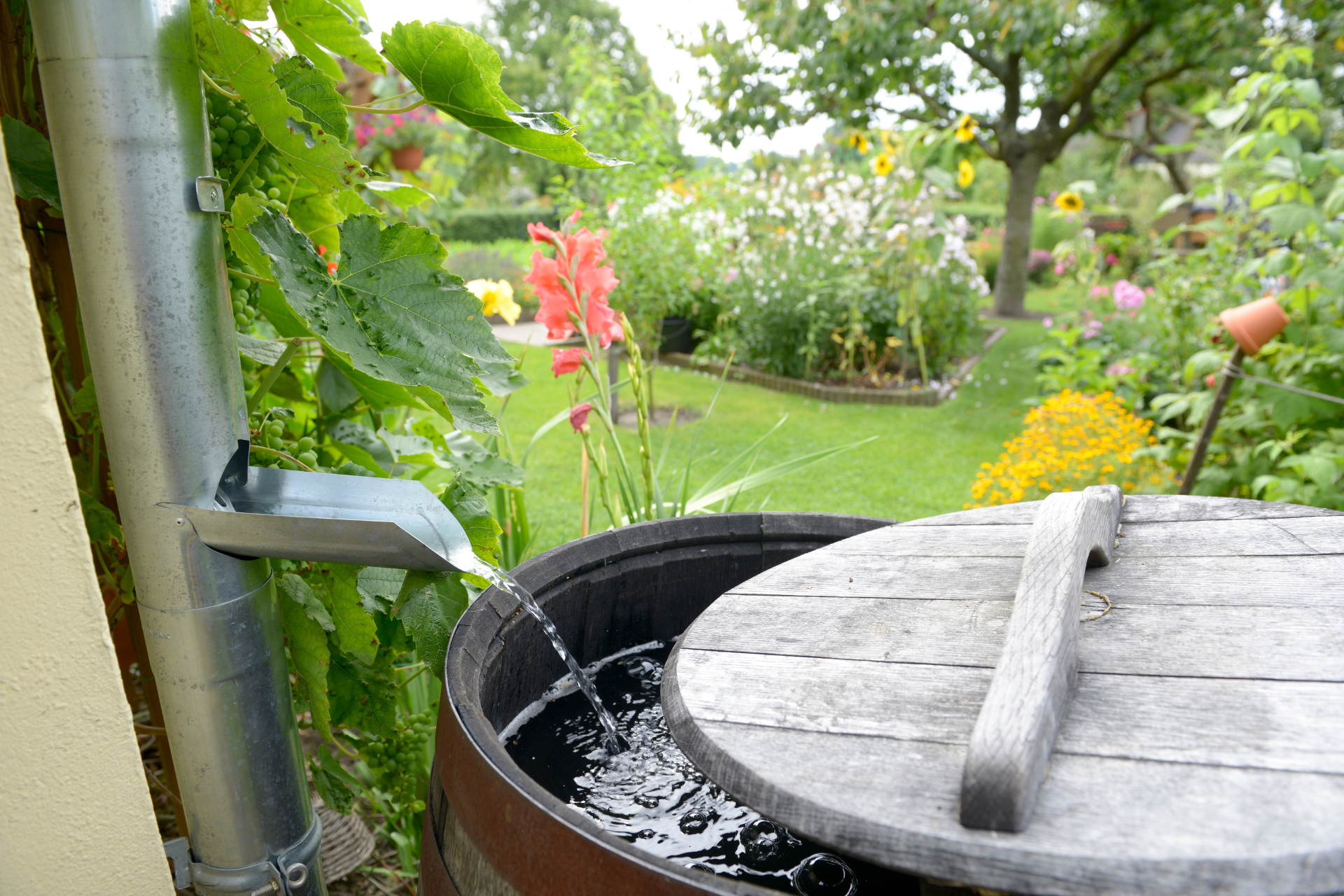
A rain barrel is an excellent way to conserve water while keeping your garden hydrated. Start by selecting a large, food-grade plastic barrel with a lid. Make sure it is clean and free of any harmful chemicals.
Position the rain barrel under a downspout from your roof, where it can collect rainwater. Install a spigot near the bottom for easy water access.
Consider adding a mesh screen over the top to prevent debris and mosquitoes from getting in. Regularly check the barrel to ensure it is functioning properly.
Use the collected rainwater to water your garden during dry spells. This reduces your water bill while helping your plants thrive naturally.
This simple family gardening project is both eco-friendly and budget-friendly, making it a great way for families to save money and practice sustainability.
20. Teach Your Kids How to Water Plants
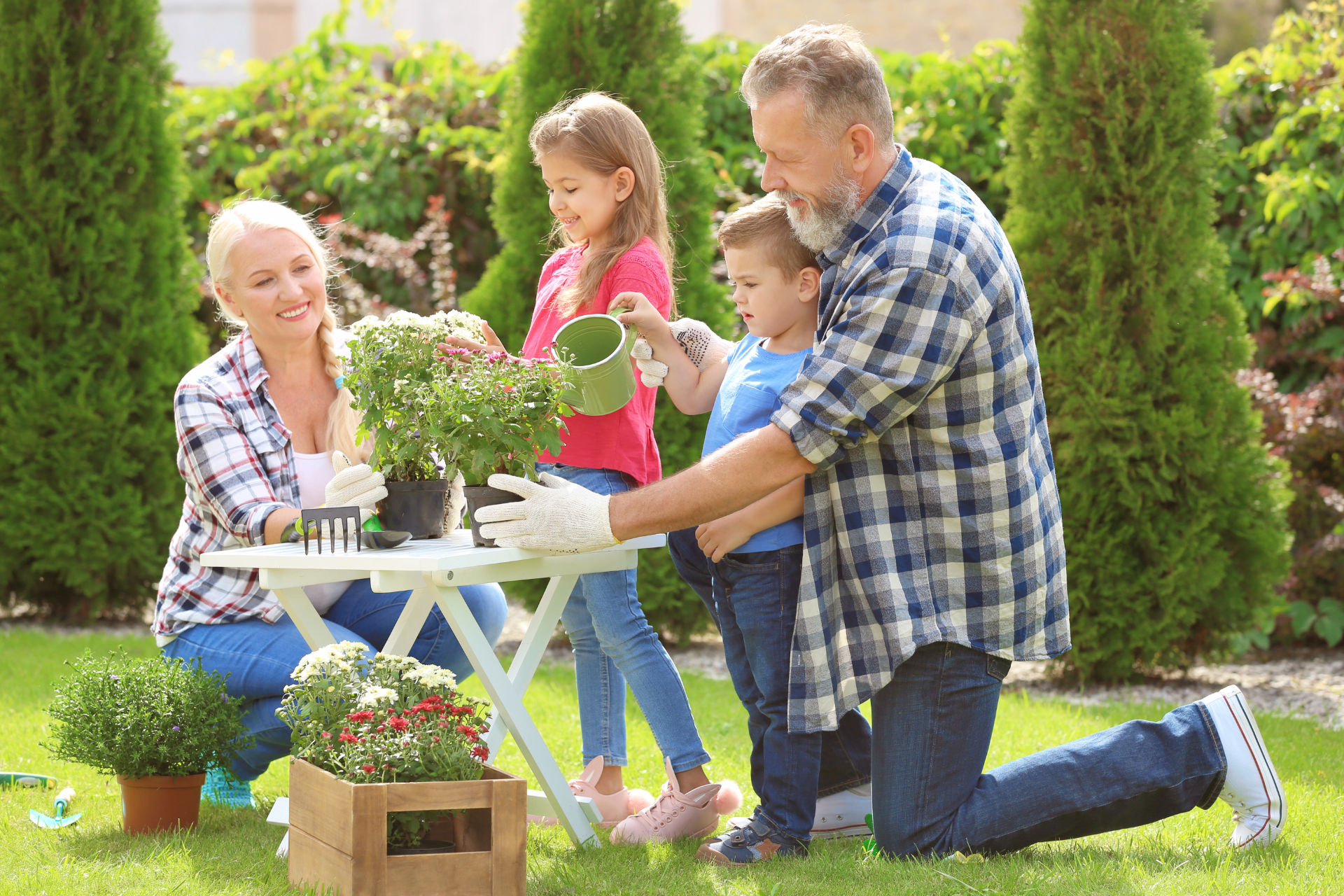
Teaching your kids how to water plants is a valuable life skill and a wonderful bonding activity. Begin by explaining the basics—plants need water to grow, but too much or too little can harm them.
Show them how to check the soil for moisture by gently pressing their fingers into the dirt. Dry soil means the plant needs water, while damp soil means it does not.
Provide them with a small, kid-friendly watering can and let them take charge of their own plants. Teach them to water at the base of the plant, avoiding wetting the leaves too much.
Make it a fun routine by letting them name their plants or decorate their own flower pots. This encourages responsibility and a love for nature.
This simple family gardening project is a fantastic way to nurture your child’s sense of care and responsibility while spending quality time together.
Conclusion on simple family gardening projects.
Simple family gardening projects are a perfect way to bond with your loved ones while exploring creativity and learning valuable skills. Whether you are painting stone markers, setting up a rain barrel, or teaching your kids how to water plants, each project is an opportunity to connect with nature.
These creative DIY garden projects for beginners are not just about gardening—they are about spending time together, learning new things, and creating lasting memories.
Gardening doesn’t have to be expensive or complicated. With these simple family gardening projects, anyone can transform their outdoor space into a beautiful, productive oasis.
So why wait? Gather your family this weekend, pick a project from this list, and start creating your garden paradise together.




